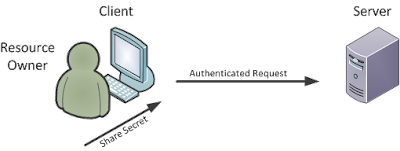Minggu yang ketiga belas iaitu minggu yang terakhir kelas Telekomunikasi & Rangkaian bersama dengan Dr. Johari, kami semua diterangkan mengenai Bab Ethical, Social and Legal Issues. Bab yang terakhir ini adalah amat penting sekali dalam kehidupan kita iaitu berkaitan dengan Etika, Sosial dan Isu Undang-Undang. Apa yang telah diajar oleh Dr. Johari adalah amat jelas sekali dan mudah difahami.
Intellectual Property Rights :
• Refers to creations of the mind, original creative works from the creator– software,
applications, systems, websites, etc.
• IP is protected in law by, for example, patents, copyright and trademarks, which
enable people to earn recognition or financial benefit from what they invent or
create.
• Copyright is the exclusive right given to the owner of a copyright for a specific
period. Copyright protection in Malaysia is governed by the Copyright Act 1987.
Copyrights :
• Permission must be obtained to use a copyrighted material from the copyright
holder (and pay any required fee)
• Exception: concept of fair use which permits limited duplication and use of a portion
of copyrighted material for special purposes , such as teaching, research, news
reporting, commentary, criticism.
• Permission must be obtained to use a copyrighted material from the copyright
holder (and pay any required fee)
• Exception: concept of fair use which permits limited duplication and use of a portion
of copyrighted material for special purposes , such as teaching, research, news
reporting, commentary, criticism.
Trademarks :
• A trade mark is a sign which distinguishes the goods and services of one trader
from those of another.
• A mark includes words, logos, pictures, names, letters, numbers or a combination of
these.
• A trade mark is used as a marketing tool to enable customers in recognizing the
product of a particular trader.
Patents :
- A patent is an exclusive right granted for an invention, which is a product or a
process that provides a new way of doing something, or offers a new technical
solution to a problem.
- A patent or utility innovation protection gives the owner of the patent/utility
innovation the exclusive right to stop others from manufacturing, using and/or selling
the owner's invention in Malaysia without the owner's consent or permission.










